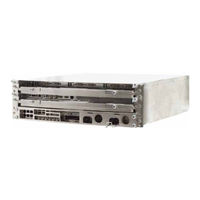Themis CoolShell 3U G2 Manuals
Manuals and User Guides for Themis CoolShell 3U G2. We have 1 Themis CoolShell 3U G2 manual available for free PDF download: Installation Manual
Advertisement
